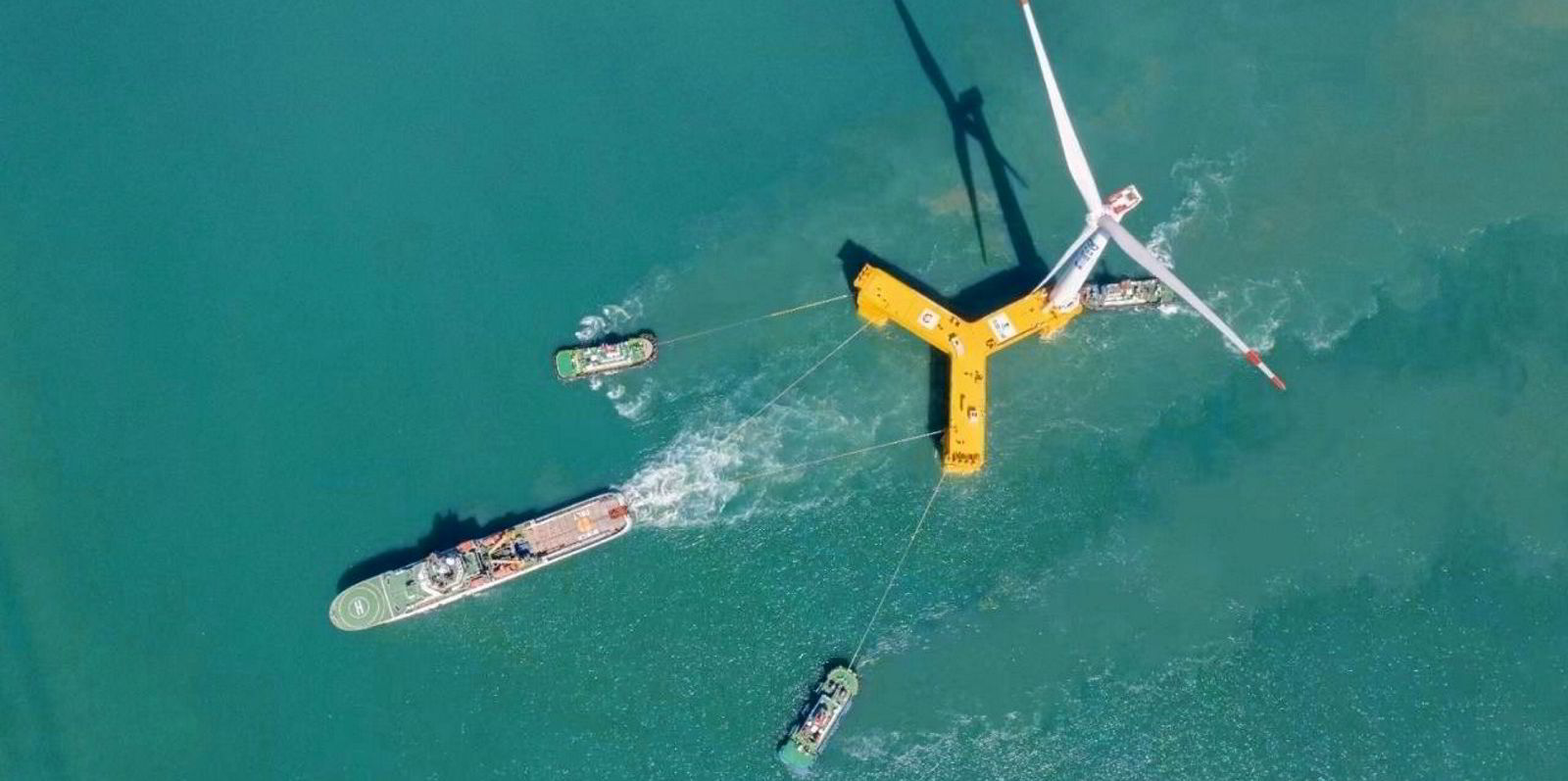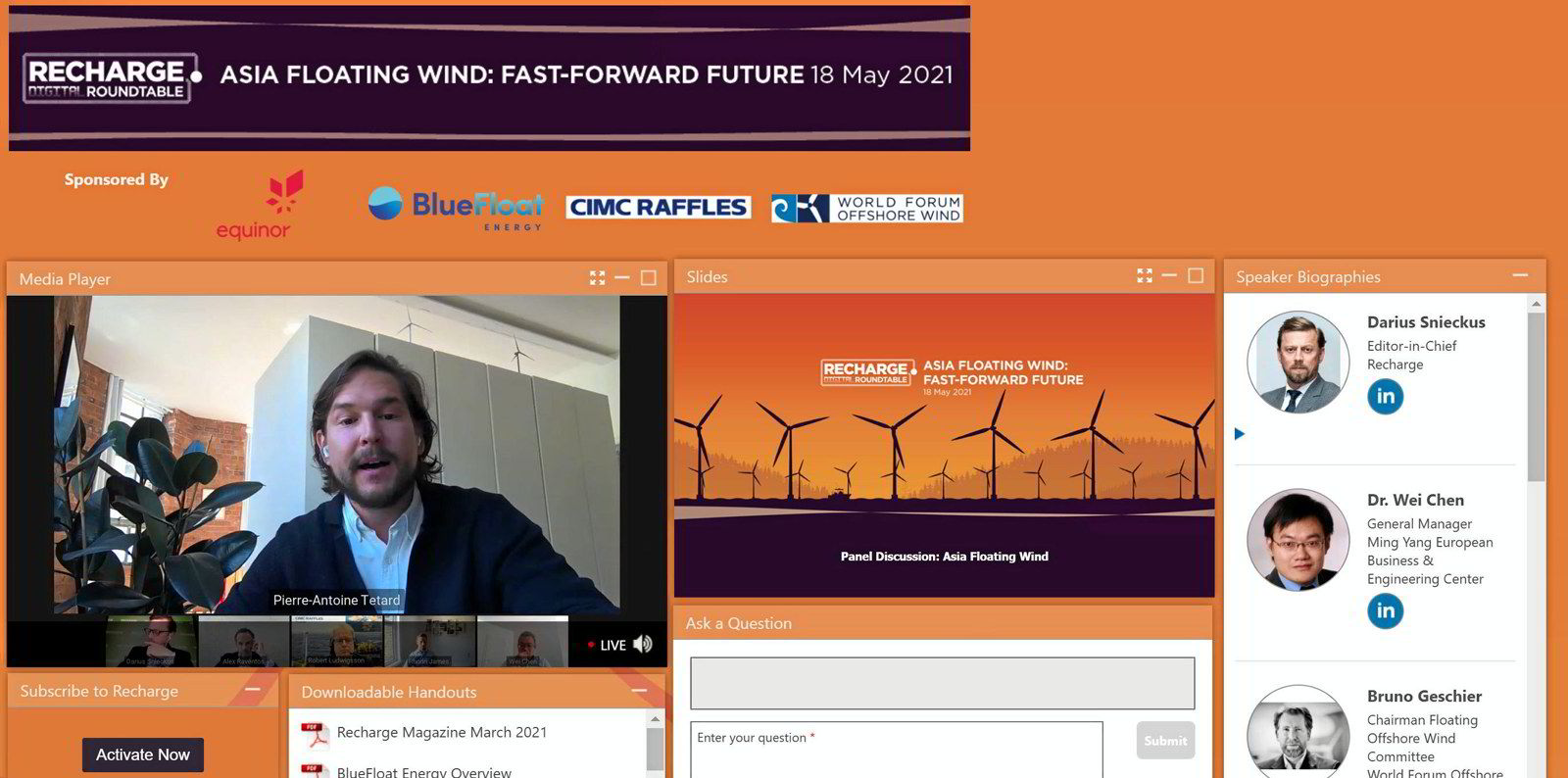The world’s largest wind industry body almost tripled its forecast for floating build-out after a breakout year for the fast-growing offshore renewable technology in 2020 when it “captured the imagination” of governments globally.
The Global Wind Energy Council (GWEC) now expects 16.5GW of floating turbines to be in the water by 2030, a dramatic increase from the 6.5GW it was anticipating only a year ago, with most of that growth coming in the second half of the decade when the sector, which currently has barely 100MW in place, is tipped for dramatic lift-off.
GWEC also in its latest Global Offshore Wind Report 2021 named the top five markets it expects to be leading the floating sector by the end of the decade – South Korea, Japan, Norway, France and the UK.
The wind body’s head of market intelligence Feng Zhao told a webinar to discuss the report that the forecast uplift came after national governments began setting ambitious targets for floating wind, “something we weren’t seeing a year ago”.
Aaron Smith, chief commercial officer for floating platform pioneer Principle Power – one of a handful of technology providers with turbines in the water – said 2020 “will be remembered as the start of the decade of floating wind”, with deepwater deployment opening the way for offshore wind deployment “by any coastal nation” and the potential to link with green hydrogen production.
Smith said: “We think policymakers are seeing a combination of technology readiness with the cost reductions that have been achieved in the fixed bottom space. It’s kind of captured their imaginations.”
Targets in Europe, the US and Asia, plus open support for the technology from major developers and investors, had for the first time “offered a path to market” for large-scale deployment, Smith added.
“The technology is ready, we’ve fully proven it, it’s compatible with the largest wind turbines and ready for the harshest environments.”
But Smith warned that policies to open acreage to floating wind were still moving too slowly in many nations. “Delivery of 16.5GW is a massive challenge – but shows how bright the future is.”
GWEC’s more bullish target tallies with other, longer-term expectations of steep floating wind growth, including 70GW by 2040 by the UK’s Carbon Trust and 264GW by 2050 under the latest Energy Transition Outlook from consultancy DNV.
Potential destinations for large-scale floating deployment now include Scotland, France, Japan, Taiwan and Norway – where tenders are already underway or planned – China, where the first floating turbine was installed earlier this year, and South Korea, which has expressed strong political support for the sector.
The West Coast of the US, Spain and Australia are among other nations tipped as holding major floating opportunities.




